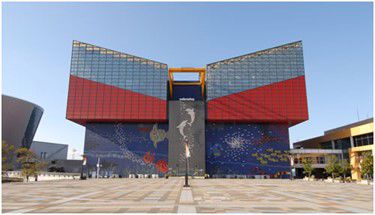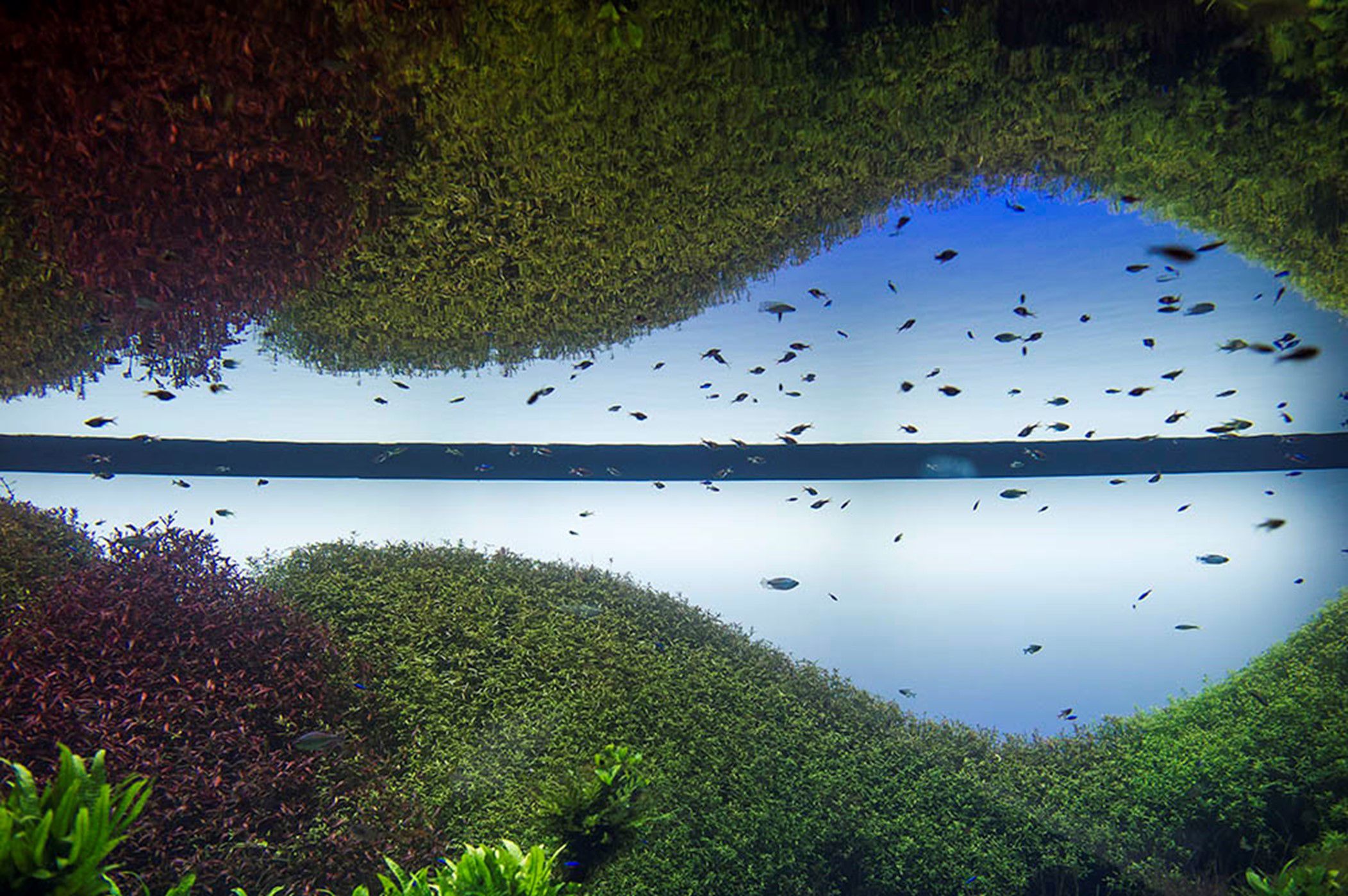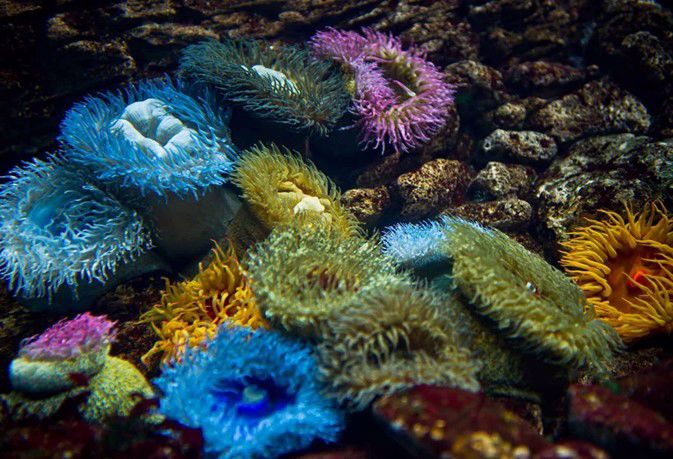Conceived and designed by the same architect, Peter Chermayeff, the Lisbon and Osaka oceanariums also share the mission of promoting ocean conservation and environmental education and contribute significantly to raising awareness about the importance of the oceans.
Although they date from different years—the Kaiyukan in Osaka opened its doors in May 1990, and the Lisbon Oceanarium was built for Expo'98—the two architectural projects are known for their innovative approaches to designing spaces dedicated to marine life and for providing educational and immersive experiences for visitors.
Osaka Aquarium Kaiyukan is the largest of the two and has a more significant number of species (around 620 and more than 30,000 marine creatures). Still, both offer enriching experiences for visitors and play essential roles in preserving marine ecosystems. The Lisbon Oceanarium is one of the largest indoor aquariums in Europe, with more than 450 species and approximately 16,000 aquatic creatures and is visited by one million people a year.
They say that, in terms of design, the Oceanário de Lisboa building resembles an aircraft carrier built on a pier in an artificial lagoon. Osaka's Kaiyukan, one of the world's largest aquariums, features a "Circle of Life" concept that connects different ocean habitats.
Resemblances between the Osaka Oceanarium and the Lisbon Oceanarium
- Both oceanariums display a wide variety of marine species and fauna and flora from different parts of the world.
- Both are known for their impressive architecture and large central tanks that recreate oceanic environments.
- The Osaka and Lisbon Oceanariums strongly focus on environmental education and marine conservation programmes.
- Both aquariums offer interactive and educational experiences for visitors, including exhibitions, educational programmes and activities for children.

Osaka Aquarium Kaiyukan, Japan.

Lisbon Oceanarium, Portugal.
"Forests Underwater by Takashi Amano"
The temporary exhibition that's here to stay
The "Forests Underwater by Takashi Amano" exhibition celebrates nine years at the Lisbon Oceanarium when it was expected to stay for three years. The world's largest nature aquarium has already welcomed more than 7 million visitors and is one of the exhibitions that has aroused the most interest in Lisbon and throughout the country.
Designed by Japanese landscape photographer Takashi Amano, the exhibition presents tropical forests and the richness of their aquatic systems through the only aquarium in the Lisbon Oceanarium. The work involves visitors in an unprecedented experience of contemplating nature in a pure balance. With a length of 40 metres and 160,000 litres of fresh water, the nature aquarium is made up of 4 tonnes of sand, 25 tonnes of volcanic rock from the Azores, 78 tree trunks from Scotland and Malaysia, more than 10,000 tropical fish of 40 species and 46 species of aquatic plants.
Takashi Amano was a landscape photographer born in 1954 and died in 2015, when he also installed his most prominent project in Lisbon, at the Lisbon Oceanarium. He travelled to forests worldwide and became known as the master of freshwater aquarium keeping, creating planted or nature aquariums. He stood out for the artistry with which he recreated nature in detail, mixing Japanese gardening techniques with the wabi-sabi concept, an aesthetic approach centred on the imperfection of objects.

©Pedro Pina, Lisbon Oceanarium.




